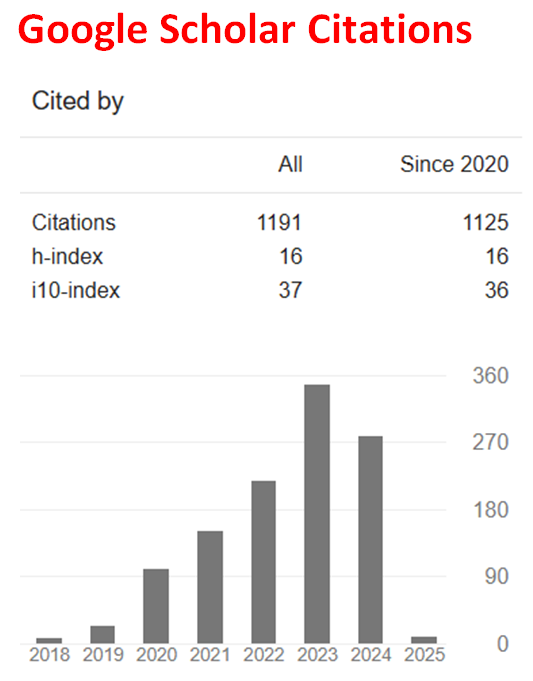Non-ergodicity of the Earth’s Annual Temperature in a Precession Cycle of the Equinoxes
Abstract
A three-parameter paleoclimate model has revealed the non-ergodicity of the Earth’s annual temperature during a precession cycle. This result comes from the inverse problem of free parameter identification when the experimental input data are the mean winter and summer solstice temperatures for the period 1950-1975. The inverse problem is underdetermined and admits infinite solutions. However, it is possible to order these solutions in symmetric pairs according to the increasing level of entropy possessed by the annual half-cycle between the two solstices, up to the maximum value at which the two solutions collapse into one. Therefore, the parameter identification process admits uniqueness if, as a third constraint, one searches for the solution of the annual temperature profile that has the maximum entropy, i.e. the highest probability. The existence of a unique solution with the highest probability among the infinite other possible solutions implies the non-ergodic character of the annual temperature.
Downloads
References
Mazzullo, S. (2022). Entropy of the Earth / Sun planetary system: The Earth’s temperature in a millennial precession cycle. Earthline Journal of Mathematical Sciences, 9(2), 201–227. https://doi.org/10.34198/ejms.9222.201227
Bellman, R., & Roth, R. (1983). Quasilinearization and the identification problem. World Scientific. https://doi.org/10.1142/0029
Berger, A. (2021). Milankovitch, the father of paleoclimate modelling. Climate of the Past, 17(6), 1727–1733. https://doi.org/10.5194/cp-17-1727-2021
Loutre, M. F. (2003). Ice ages (Milankovic theory). In Encyclopedia of Atmospheric Sciences (pp. 995–1003). Elsevier Ltd. https://doi.org/10.1016/B0-12-227090-8/00173-1
Berger, A., & Loutre, M. F. (1991). Insolation values for the climate of the last 10 million years. Quaternary Science Reviews, 10, 297–317. https://doi.org/10.1016/0277-3791(91)90033-Q
Laskar, J. (1986). Secular terms of classical planetary theories using the results of general theory. Astronomy and Astrophysics, 157(1), 59–70.

This work is licensed under a Creative Commons Attribution 4.0 International License.
.jpg)

